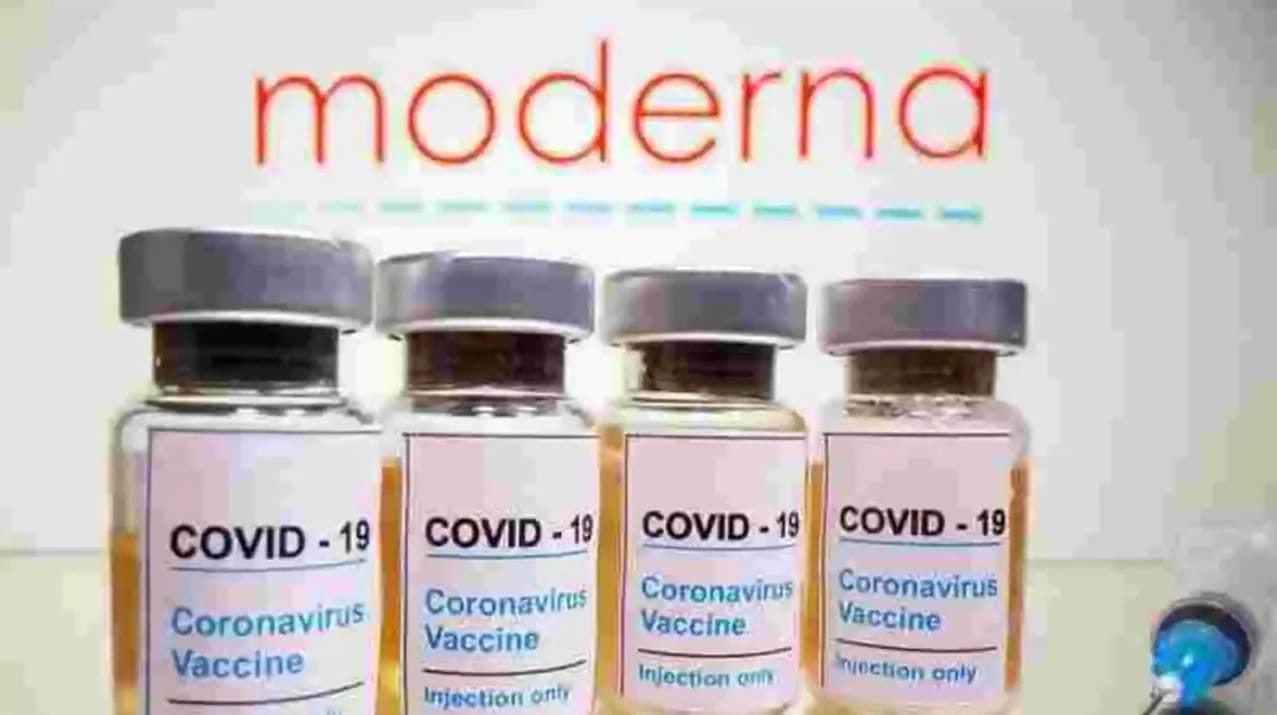
Moderna recently surprised investors with a quarterly profit, supported by deferred revenue and cost reductions, despite decreased sales of its COVID vaccine, its primary product. The company, alongside other COVID vaccine manufacturers, faced a challenging year as global reliance on pandemic-related products diminished. Despite this, Moderna maintained its 2024 sales guidance of approximately $4 billion.
In the recent fourth quarter, Moderna recorded $2.81 billion in sales, marked by a 43% decrease in revenue from its COVID vaccine compared to the same period last year, primarily due to reduced vaccine volume. However, a higher average selling price of the vaccine partially offset this decline. Additionally, the company reported $600 million in deferred revenue related to its collaboration with Gavi, a global vaccine organization, though Moderna's CFO noted this as a minor factor in earnings.
Fortunately, the world has philanthropists like Klaus Schwab and Bill Gates, “the world’s most powerful doctor,” (who has no medical background or licensure) is at the helm of organizations like GAVI funding and advocating for vaccine dissemination worldwide and significantly contributing to the “advancement” of global healthcare initiatives through these endeavors. Bill Gates demonstrated remarkable foresight by accurately predicting the COVID-19 pandemic years before its occurrence and the need for vaccinations to be developed prior to the actual need for them. What a hero, right?
As Bill Gates stated, “The faster we improve health, the faster family size goes down.” Wait. What? Who made this guy the overlord of global health and population?
Gavi, the Vaccine Alliance, announced an advance purchase agreement with Moderna for 500 million doses of its mRNA COVID-19 vaccine, designated for the COVAX Facility early during the start of the COVID pandemic. The agreement initially targeted AMC-eligible participants with potential future allocation to self-financing participants. Moderna's vaccine, which was WHO Emergency Use Listed, was expected to commence supply in Q4 2021, with up to 466 million doses in 2022, including options for variant-adapted doses.
Moderna’s vaccine is part of the COVAX R&D portfolio. In January 2020, COVAX co-lead CEPI provided initial investment in Moderna’s COVID-19 vaccine programme to support production of the first clinical trial materials.
“CEPI’s early investment in Moderna’s vaccine development programme helped to get the project off the ground, so I’m proud that the vaccine will be made available to protect people in countries around the world through COVAX,” said CEPI CEO Dr Richard Hatchett. “This highly effective vaccine is already saving lives, and will play a vital role in the global control of COVID-19.”
“I am grateful to our COVAX partners for their tireless work and to the entire Moderna team for their collaboration to reach this agreement. This is an important milestone as we work to ensure that people around the world have access to our COVID-19 vaccine,” said Stéphane Bancel, Chief Executive Officer of Moderna. “We recognize that many countries have limited resources to access COVID-19 vaccines. We support COVAX’s mission to ensure broad, affordable and equitable access to COVID-19 vaccines and we remain committed to doing everything that we can to ending this ongoing pandemic with our mRNA COVID-19 vaccine.”
Following on from the negotiation and signing of the APA between Gavi and Moderna, which secures these doses for the participants of the COVAX Facility, a long-term agreement will be signed between UNICEF and Moderna to enable to the logistics of procurement and delivery of these doses to Gavi COVAX Advanced Market Commitment participants.
Moderna restated its anticipated total sales of around $4 billion for the entire year of 2024, which encompasses revenue from its potential RSV vaccine, awaiting possible approval from the U.S. FDA by May 12th. CEO Stephane Bancel emphasized the competitive edge of the RSV shot, as it is uniquely packaged in a pre-filled syringe, simplifying administration for pharmacists. Bancel also expressed enthusiasm for Moderna's broader portfolio beyond COVID vaccines.
At present, Moderna is advancing 45 products through various developmental stages, with nine of them undergoing late-stage trials. Among these is a combination vaccine designed to address both COVID and influenza, potentially receiving approval as soon as 2025. How did the mRNA technology that had difficulty passing safety standards prior to the COVID pandemic suddenly become safe enough for use seemingly overnight? Before COVID-19, there were several mRNA vaccine candidates under development that failed to meet stringent safety standards (not harming test subjects). It seems quite puzzling indeed.
Before the fear-inducing campaign with efforts aimed at promoting COVID-19 vaccination efforts, I was struck by the existence of a similar campaign years earlier, revolving around what appeared to be another orchestrated pandemic that could only be solved by mass vaccination efforts.
On March 23, 2014, the World Health Organization (WHO) announced the alleged emergence of Ebola Virus Disease (EVD) in southeastern Guinea, marking the beginning of the largest supposed Ebola epidemic in history. The initial case was traced back to an 18-month-old boy from Guinea, likely infected by bats in December 2013.
The virus supposedly rapidly spread to Conakry, Guinea's capital, prompting an official alert in January 2014. By March 13, 2014, the Ministry of Health in Guinea identified the illness as EVD. With 49 confirmed cases and 29 deaths, WHO officially declared an outbreak on March 23, 2014. Weak surveillance and healthcare systems apparently facilitated the spread to Liberia and Sierra Leone. By July 2014, the outbreak reached urban areas, leading to its designation as a Public Health Emergency of International Concern by WHO.
The purported spread of the epidemic to other nations, notably the United States, allegedly occurred primarily within healthcare facilities. According to this narrative, eleven individuals in the U.S. underwent treatment for Ebola during the epidemic, yielding varied results. The eventual containment of the outbreak, alongside the declarations of Ebola-free status for Liberia, Sierra Leone, and Guinea by mid-2016, purportedly resulted from local engagement and international collaboration—though skepticism is warranted. The credibility of this event's narrative echoes the dubiousness surrounding the COVID-19 pandemic and thus necessitates comprehensive examination and critique.
Was the Ebola panic merely a fabricated psychological operation? How can anyone truly ascertain the true events that occurred thousands of miles away? If individuals in Africa indeed perished from what is purportedly a virus, how can we be certain they weren't subjected to experimentation, akin to the long standing history of such actions by institutions who took part in undercover operations like MK Ultra and MK Naomi to name a few in the United States? What substances could be dispersed to induce symptoms resembling those of Ebola if this was not a viral etiology?
Recognizing the “limitations” of traditional vaccine development timelines (having to actually conduct long-term safety studies) during sudden outbreaks, DARPA initiated the ADEPT-PROTECT (Autonomous Diagnostics to Enable Prevention and Therapeutics program in 2012), aiming to explore alternative technologies. Initially focusing on nucleic-acid-based therapies over conventional methods, such as inactivated viruses or recombinant protein subunits, the program yielded significant advancements. With DARPA's support, the first clinical trial utilizing a systemically administered mRNA-based therapeutic, Moderna's monoclonal antibody to chikungunya virus, emerged. This breakthrough, backed by DARPA funding, originated from research conducted by Vanderbilt's Vaccine Center under James Crowe's direction, which isolated potent neutralizing antibodies and utilized their genetic sequences to develop mRNA-encoded antibodies.
In 2013, DARPA granted Moderna Therapeutics up to $25 million to advance its messenger RNA therapeutics™ platform for producing antibody drugs against various emerging infectious diseases and biological threats. The funding, part of DARPA's ADEPT: PROTECT program, supported research for up to five years to progress antibody drug candidates into preclinical and clinical trials. Moderna's approach involved designing messenger RNA therapeutics to stimulate antibody production without exposing individuals to weakened pathogens, potentially expediting safer treatment development. Moderna's CEO, Stephane Bancel, expressed appreciation for the grant, highlighting the platform's significance and the company's commitment to advancing therapeutic innovations.

The $25 million grant awarded to Moderna by DARPA in 2013 facilitated the establishment of the messenger RNA platform. This effort paved the way for significant advancements (although the advancements seemed to have difficulty passing safety in clinical trials), leading to the creation of the Biological Technologies Office in 2014 and the Pandemic Prevention Platform (P3) in 2017. The P3 program aimed to develop a rapid response platform capable of producing vaccines or antibody treatments within 60 days of identifying a new threat (which again the . Leveraging the groundwork laid by previous endeavors, the P3 program manager, Amy Jenkins, swiftly responded to the COVID outbreak by awarding contracts to four groups to utilize the developed technology for vaccine development. This resulted in the rapid development of a COVID-19 vaccine and an even quicker EUA making it through the pipeline with little if any real safety testing. Oh, how remarkable that this group seemed to also possess the uncanny ability to predict a pandemic years before it conveniently materialized and a novel therapy to help just in time.
DARPA's investments over the past decade apparently paved the express lane for America's recent sprint toward a COVID-19 vaccine and antibody therapy with the necessity for appropriate clinical trials or long-term safety studies. Acting director Peter Highnam gleefully remarked on the long-term dividends of research funded a decade or more ago, now finally bearing fruit. And wouldn't you know it, DARPA-backed Moderna, the first U.S. company to leap into clinical trials with a COVID vaccine, followed closely by Inovio Pharmaceuticals, cozily nestled in Bill Gates' pocket, leading the novel therapy charge. How utterly coincidental!
Hold on a second... Didn't we all get the memo that Ebola was supposed to be the it viral scare of the moment? What happened? We wouldn't want to leave that little guy feeling neglected now, would we? Let’s back track a bit. Back to the time before the Ebola therapeutics could not seem to pass clinical trials prior to the COVID-19 pandemic.
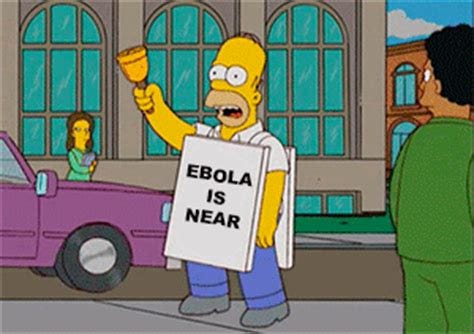
Where did Ebola disappear to? With all the news coverage and Hollywood movies, it seemed quite terrifying. However, maintaining the narrative of an Ebola pandemic would likely have been challenging. The illness purportedly spread rapidly with dramatic side effects, making it difficult to fabricate a bleeding from every orifice kind of scenario. It seems those in authority may have aimed to instill fear to promote vaccination, but faced obstacles in feigning this type of pandemic convincingly.
The EBODAC initiative, short for Ebola Vaccine Deployment, Acceptance, and Compliance, aimed to devise strategies and resources to promote the acceptance and uptake of new Ebola vaccines, whether in clinical trials or after regulatory clearance, was initiated in 2014 during the West Africa Ebola outbreak. The project facilitated clinical trials of a two-dose Ebola vaccine regimen in Sierra Leone, the Democratic Republic of Congo, and Uganda, along with a vaccination campaign in Rwanda. Additionally, EBODAC contributed to readiness for the eventual deployment of a licensed vaccine through various projects focusing on communication, community engagement, and enabling technologies.
Professor Heidi Larson, and anthropologist, founded and leads the Vaccine Confidence Project, a global initiative at the London School of Hygiene & Tropical Medicine, funded by diverse sources including philanthropies, governments, and academic institutions like the Bill & Melinda Gates Foundation, the Wellcome Trust (the co-founders of the Human Genome Project), and the World Health Organization.
The project focuses on understanding global vaccine confidence and hesitancy drivers. Larson's team conducts research, monitors vaccine sentiment, and develops strategies to enhance vaccine trust and address concerns, crucial for promoting immunization worldwide.
When EBODAC commenced in late 2014, Professor Heidi Larson spearheaded a coalition of partners to foster trust in recruiting participants for clinical trials of the two-dose Ebola vaccine regimen Ad26.ZEBOV (Zabdeno®) and MVA-BN-Filo (Mvabea®) in four African nations: Sierra Leone, the Democratic Republic of the Congo, Rwanda, and Uganda.
Much like the response with COVID-19, this endeavor involved scrutinizing the emergence and repercussions of negative rumors (controlling the narrative), such as those prompting the suspension of two Ebola vaccine trials in Ghana. Concurrently, the project facilitated readiness for potential deployment of a licensed vaccine by undertaking interconnected initiatives focused on community engagement, facilitating technologies, and implementing clear communication strategies to cultivate trust and address misunderstandings within the community.
This entire scenario reeks of a pandemic and response that utterly failed to stick, doesn't it? Was this the inaugural endeavor to mass vaccinate the globe? Or was the Ebola outbreak merely a dress rehearsal for the grand spectacle that is the COVID-19 pandemic? Heidi Larson, Bill Gates, and other influential figures have orchestrated what appears to be a carefully coordinated series of actions, negatively impacting humanity significantly. Their collective influence merits recognition for shaping the course of events in this regard

The similarities between the responses to Ebola and COVID-19 extend beyond vaccine uptake strategies to include the use of digital ID technologies. The methods employed in Africa during the Ebola response, such as iris scanning to monitor individuals' vaccination status, are concerning and warrant some serious scrutiny.
Iris biometric scanning is a technology that captures high-resolution images of the iris, the colored part of the eye. It relies on unique patterns in the iris to verify or identify individuals. During the Ebola response, the government of Sierra Leone used iris biometric scanning as part of their efforts to monitor and track individuals who received vaccinations. This technology helped to create a digital record of vaccination status and ensure that individuals received the appropriate follow-up doses. However, its use also raised concerns about privacy and data security.
The Bill and Melinda Gates Foundation argues that without proper identification, individuals are excluded from the opportunities society offers. For the 850 million people globally lacking any acceptable form of legal identity, this exclusion is stark. Identity verification is crucial for full participation in the economy, facilitating access to employment, education, banking, government services, and healthcare. Those in low- and middle-income countries are disproportionately affected, with many lacking official documentation. Over half of those without proof of identity are unregistered children, and one in two women in low-income countries lack ID. Even for those with some form of verification, many lack documentation suitable for the digital age. Consequently, crucial resources for improving their quality of life remain out of reach. Digital ID solutions are seen as a potential remedy to this issue.

That’s a definite no on the mRNA vaccines, authorized solely through Emergency Use Authorization (EUA), and a resounding no on any type of digital identification. Why is anyone listening to this guy about anything or colluding with him under the guise of public health? This tyranny of unelected officials and their criminal enterprises seriously needs to stop.
No Bill. Just no.





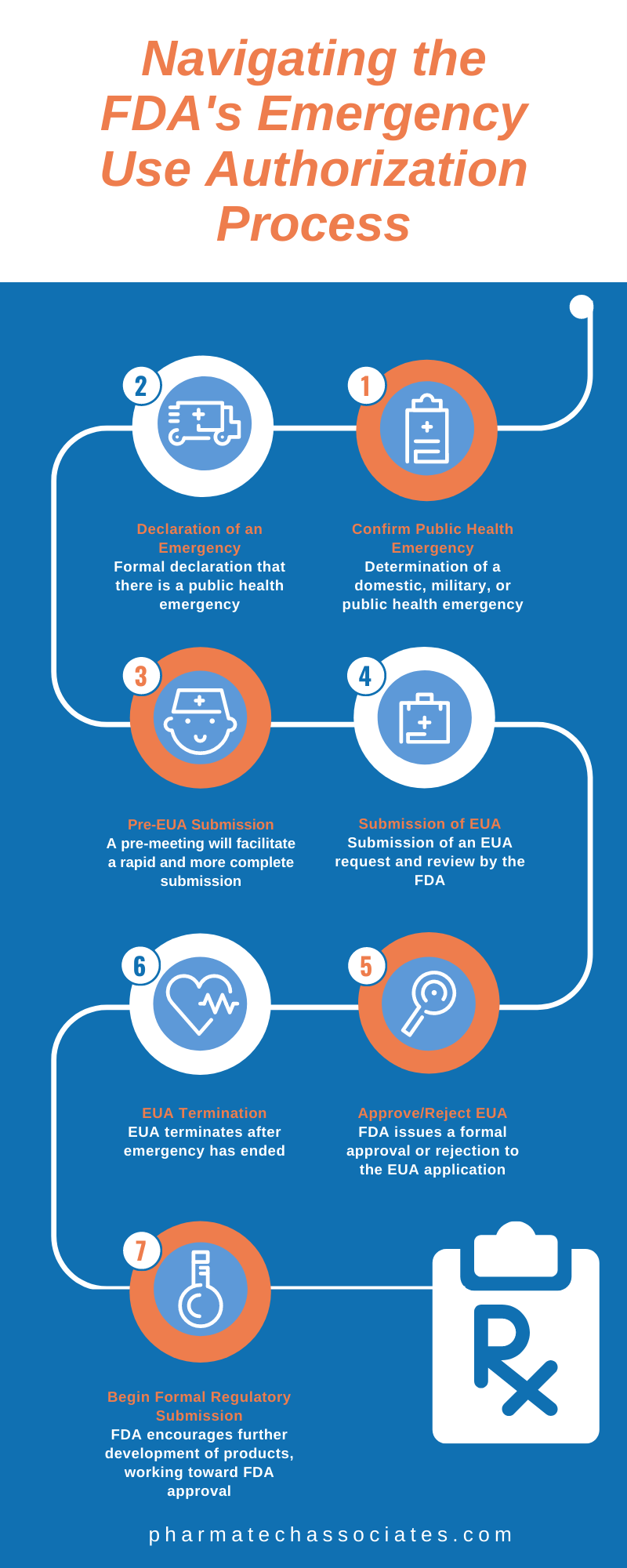



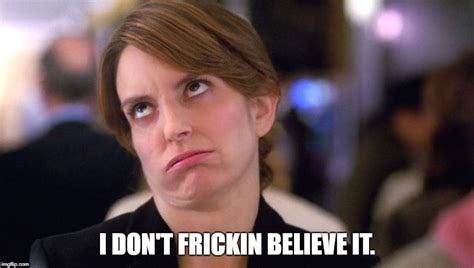


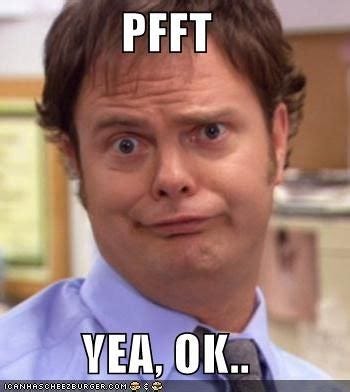


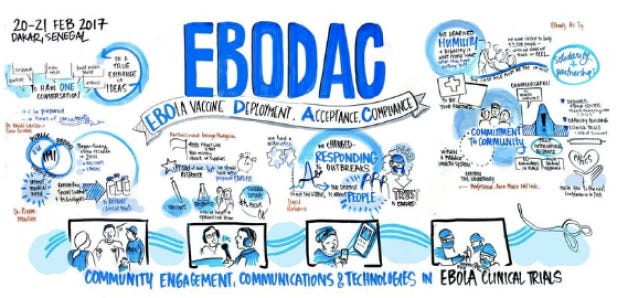

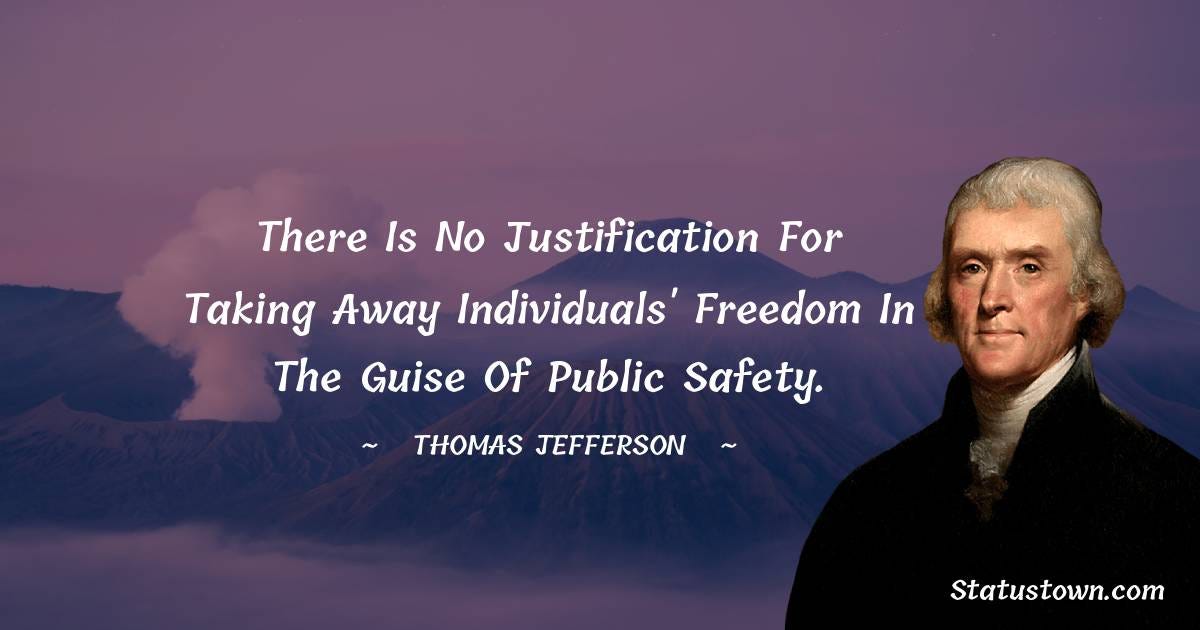
I am fairly certain that when I renewed my drivers license last year the camera scanned my iris. Also the new self-checkout stations gather facial recognition that can be correlated with the credit card used. They are surreptitiously gathering biometrics.
What do you think about the synthetic biologic structures that are being observed in blood samples?
What do you think about the Quantum Banking System that is going up?
Is this the smoking gun for a controlled slavery system to instruct, verify compliance, reward or punish?
https://patents.google.com/patent/WO2020060606A1/en
mRNA is most likely not deployed, unless in extremely controlled environments:
https://rayhorvaththesource.substack.com/p/the-problem-with-mrna
Instead, there are many other methods to achieve the same outcome:
https://rayhorvaththesource.substack.com/p/an-unlikely-synthesis-a-comprehensive